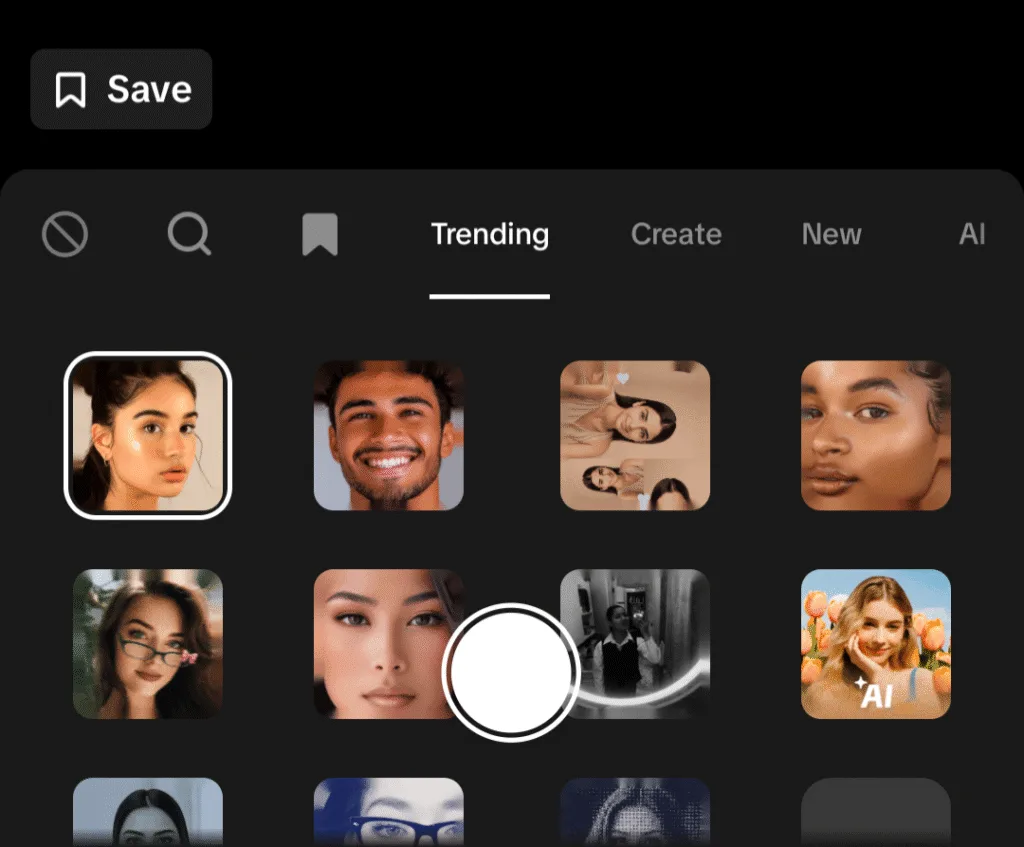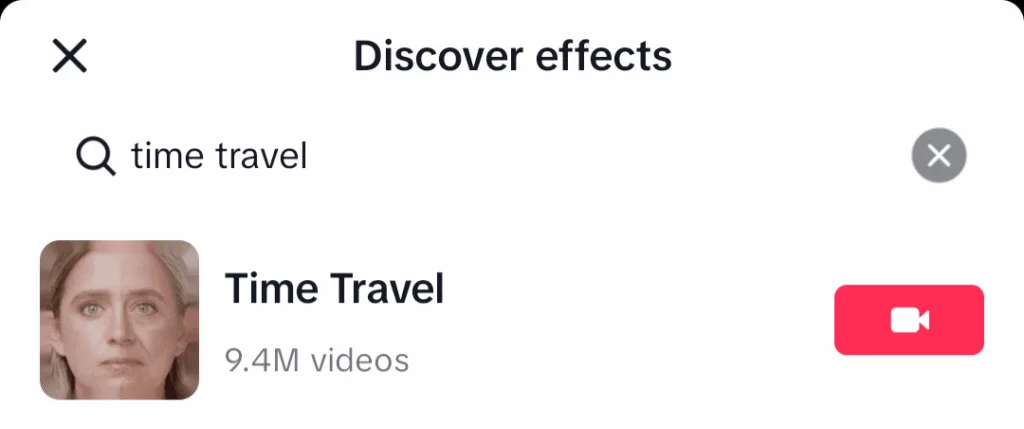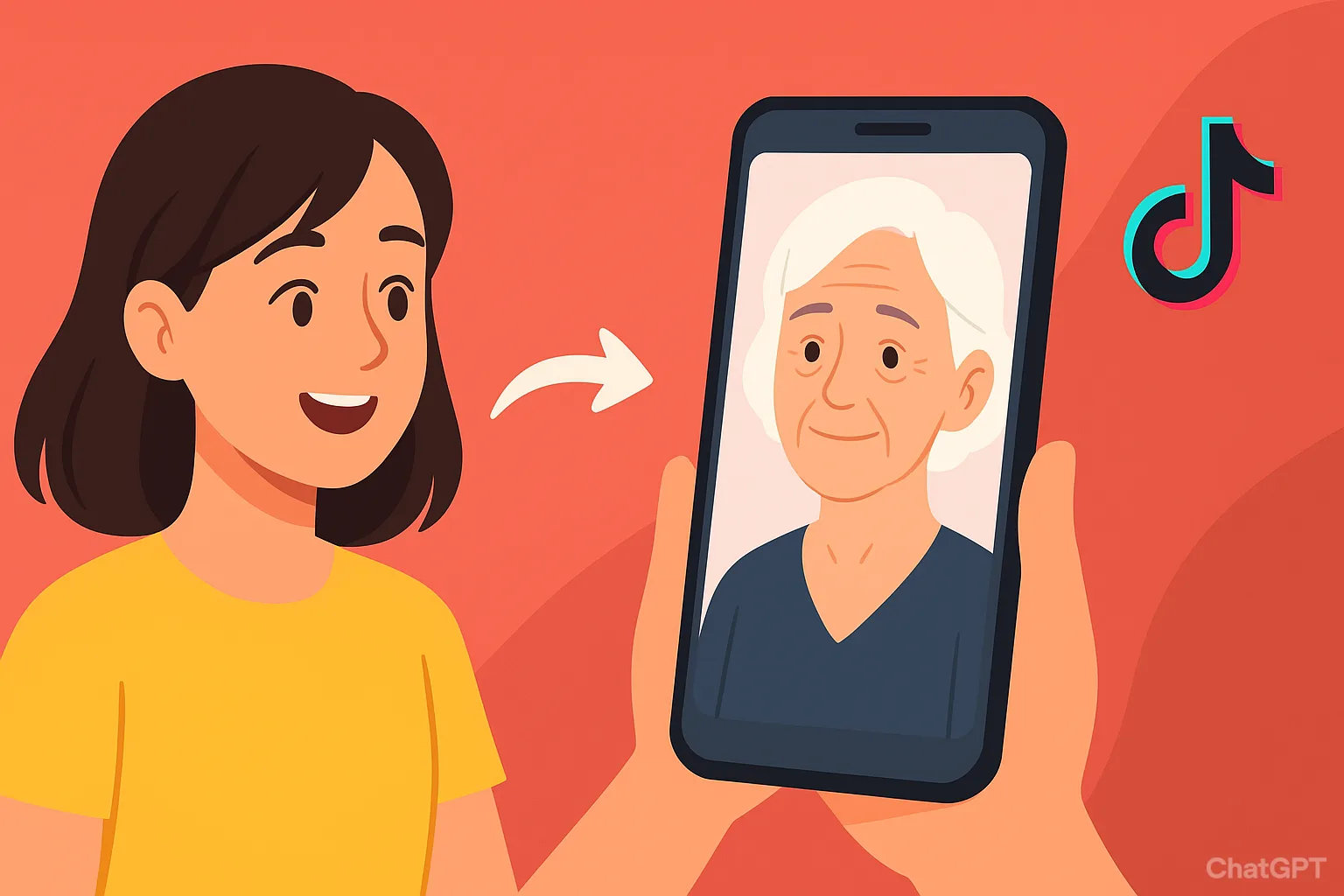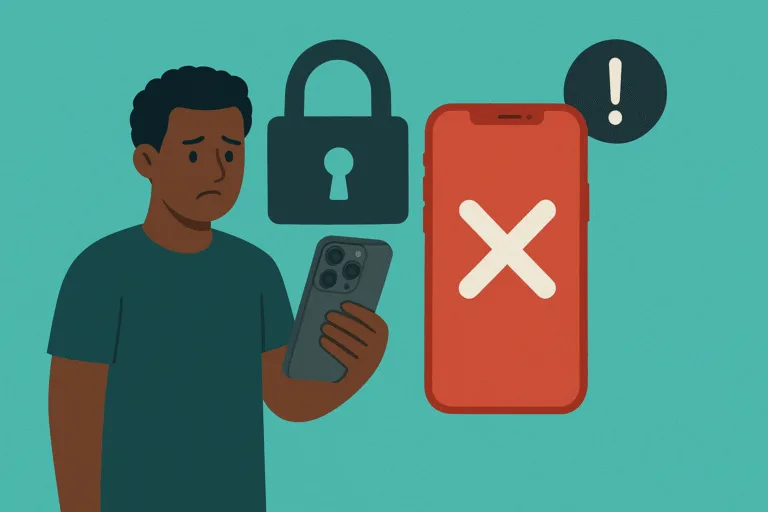TikTok has always had a knack for starting trends that spread far beyond the app. The platform is where silly challenges turn into global sensations and songs climb the charts overnight, making it the platform where culture is born and reshaped daily. Now, the latest obsession is the “Time Travel” filter, a viral effect that shows you what you might look like at 50.
It has already pulled in more than 2 billion views, and the reactions are just as entertaining as the results. Some laugh at the funny glow ups, while others admit the predictions feel a little too real. For Gen Z, It is part entertainment, part curiosity, and part social media flex.
The idea of seeing what you might look like at 50 has struck a nerve with young people. It is funny, a little shocking, and for many, it stirs up those big “what will I look like in the future” feelings. TikTok has turned aging, usually an uncomfortable subject, into a trend that everyone wants to share.
Table of Contents
What is TikTok’s Time Travel Filter?
TikTok’s Time Travel filter is an AI-powered effect that transforms your selfie or video into an older version of yourself, typically showing what you might look like in your 40s or 50s. Unlike older aging apps that produced cartoonish edits, this one uses advanced machine learning to map facial features, skin texture, and natural aging patterns.
The filter was rolled out globally and quickly dominated the “For You Page.” Within weeks, celebrities, influencers, and everyday users were joining in. Some were posting side-by-side comparisons of their current face with the aged version, while others were creating skits about meeting their “future selves.”
Why is Gen Z So Hooked on the Time Travel Filter?
Gen Z has always had a unique relationship with technology. They grew up with Snapchat filters, Instagram face edits, and TikTok beauty effects. But the Time Travel filter stands out because it feels personal. It taps into curiosity about the future while staying lighthearted enough to share online.
Here’s what makes it so appealing:
- It feels real: The AI aging is impressively detailed, from subtle wrinkles to realistic hair changes.
- It is fun content: Users can turn it into jokes, reaction videos, or even emotional storytelling.
- It sparks conversation: People compare their aged look with parents or grandparents.
- It feeds into trend cycles: Viral filters are TikTok’s bread and butter, and this one is easy to recreate.
For Gen Z, who spend hours daily creating and consuming content, this filter provides both entertainment and a sense of community. Everyone wants to be part of the trend.

How Does the TikTok Time Travel Filter Work?
The filter uses TikTok’s built-in AI model trained on massive image datasets. When you use it, the AI scans your face in real time, identifying features like skin tone, jawline, eye shape, and smile lines. It then applies an aging overlay that adapts to your movements.
Unlike basic filters that just paste wrinkles on your skin, this one adjusts dynamically as you talk, laugh, or raise your eyebrows. That is what makes it feel authentic. The results are less cartoon-like and more like a peek into the future.

How to Use TikTok’s Time Travel Filter
If you are new to TikTok or have not tried it yet, here are the steps:
- Open the TikTok app and tap the Effects option.
- Search for “Time Travel” in the filter search bar.
- Select the filter with the aging face icon.
- Point your camera at your face.
- Tap record and watch as the filter transforms you into your older self.
You can record solo videos, duet with friends, or even compare your look to parents and siblings. Many creators also add trending sounds and captions to make the content funnier or more emotional.
Are the Results Accurate or Just Fun?
One of the biggest questions around the filter is how accurate it really is. Some users swear the aging predictions are “spookily real,” with videos comparing the filter results to their parents’ current faces. Others say it is exaggerated for effect.
The truth is that while AI can guess aging patterns based on skin texture and bone structure, it cannot predict lifestyle factors. Things like diet, health, stress, and environment all play a role in how someone ages. So while the filter gives a fun glimpse, it is not a crystal ball.
That has not stopped conspiracy theories from spreading. Some TikTok users joke that the filter feels like an “AI psychic,” predicting their future with eerie precision.
Why Did the Filter Go Viral?
TikTok’s success has always been tied to trends that combine simplicity with mass appeal. The Time Travel filter hits that sweet spot perfectly.
- Selfie-driven culture: Everyone wants to see and share themselves in new ways.
- Emotional hook: Aging is universal. It makes people curious, nostalgic, or even reflective.
- Viral potential: The filter works well with TikTok’s duet and stitch features, fueling endless remixes.
- Timing: It rode the wave of AI curiosity after tools like ChatGPT and MidJourney dominated online conversations.
The result is a filter that feels both futuristic and playful, giving TikTok another viral win.
Is TikTok’s Time Travel Filter Safe to Use?
With any AI filter, privacy concerns are natural. Users often ask if TikTok saves their facial data. TikTok has stated that the filter processes images locally within the app and does not permanently store biometric data.
AI filters like TikTok’s “Time Travel” may look fun on the surface, but they also raise concerns about privacy and data use. Every time you upload a photo or allow an app to scan your face, that image becomes part of a dataset that could potentially be stored, analyzed, or even shared in ways most people do not fully understand.
Experts highlight that while TikTok says it prioritizes user privacy, there is always a risk with any technology that relies on biometric data. For those who want to play it safe, using the real-time camera mode instead of uploading old pictures is a smarter option. It reduces how much of your personal image data is saved, while still letting you enjoy the fun side of the trend.
Can You Save or Share Time Travel Filter Videos?
Yes. Like any TikTok video, you can save your recording to your device or share it directly on TikTok, Instagram, or other platforms. Many creators are also posting side-by-side clips on YouTube Shorts and Instagram Reels, making the trend even bigger outside TikTok.
Filters on TikTok thrive because they are interactive. Unlike static photos, TikTok filters move with you. Everyone has wondered how they might look years from now, and TikTok turned that universal thought into shareable content.
Will the Time Travel Filter Stay Popular?
Like most TikTok trends, the hype may fade, but the impact is bigger than just a viral moment. It shows how much Gen Z enjoys playing with identity, appearance, and AI-powered creativity. Even after the trend cools down, expect TikTok to roll out similar features that tap into the same curiosity.
Other platforms like Instagram and Snapchat may also try to copy the concept, just as they have with other viral TikTok effects.
At the end of it all, the filter works because it feels personal. Everyone wants to know what the future holds, and TikTok found a way to make that question fun instead of scary. That is why people keep sharing, laughing, and coming back for more.




